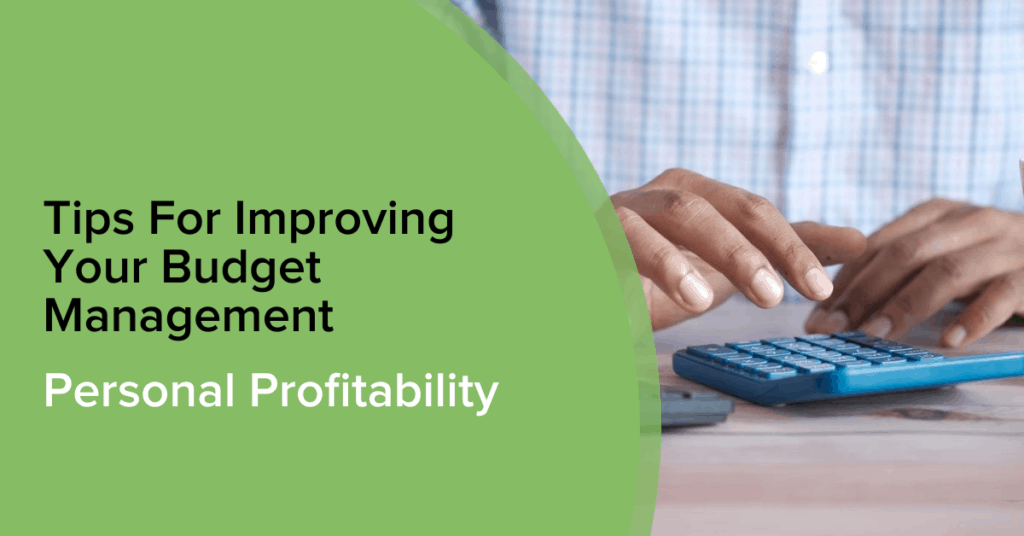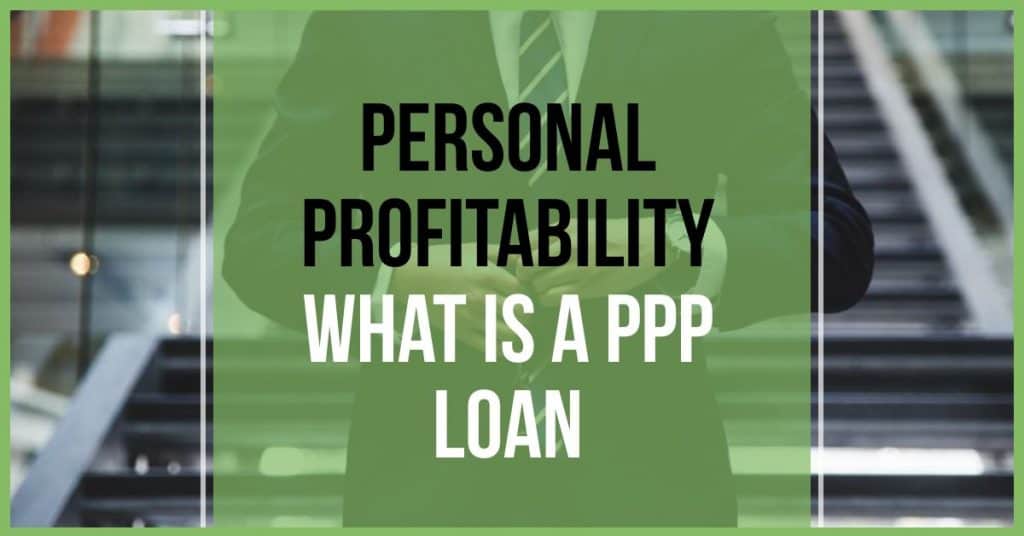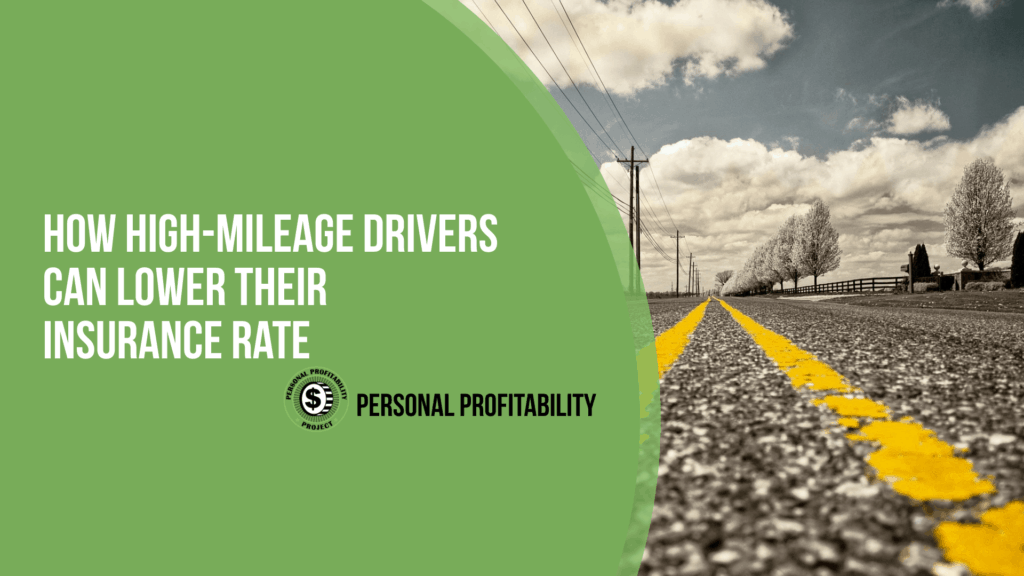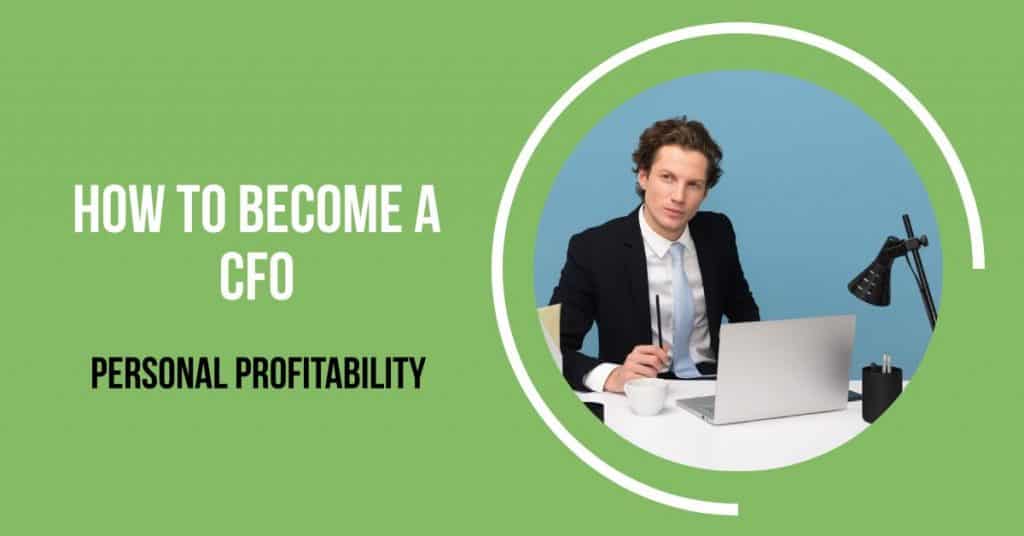What To Know About Forex Trading
This post comes from a Personal Profitability partner. Forex trading, also known as foreign currency trading, can be a lucrative hobby for those interested in putting in the time and effort. Today, you do not need deep pockets to get started. There are online forex brokers and platforms that cater to small-scale traders, and you can open […]






